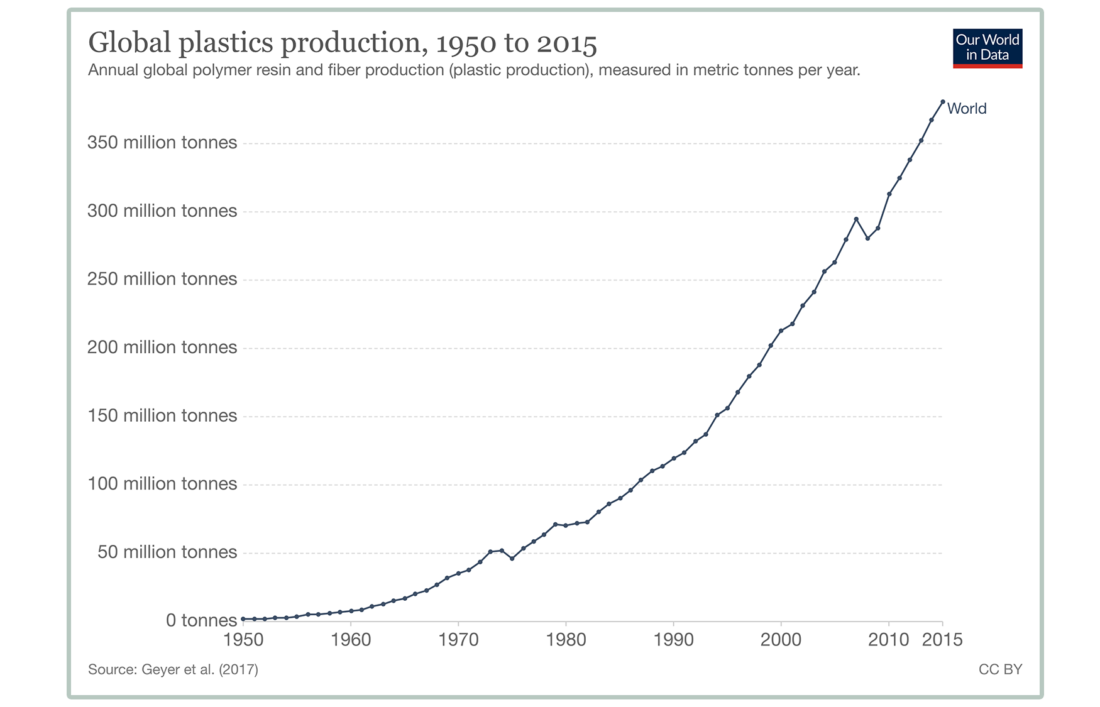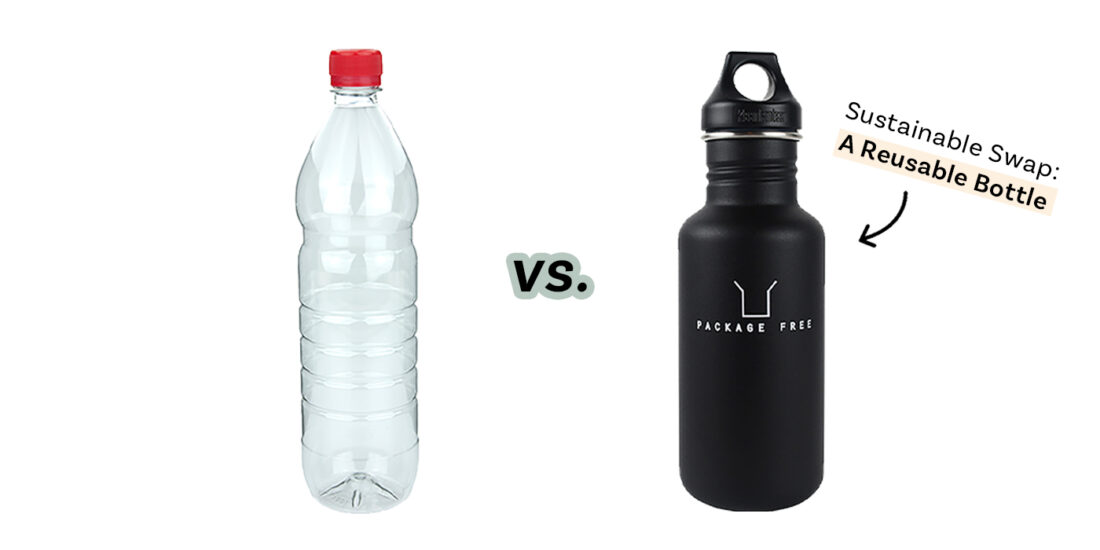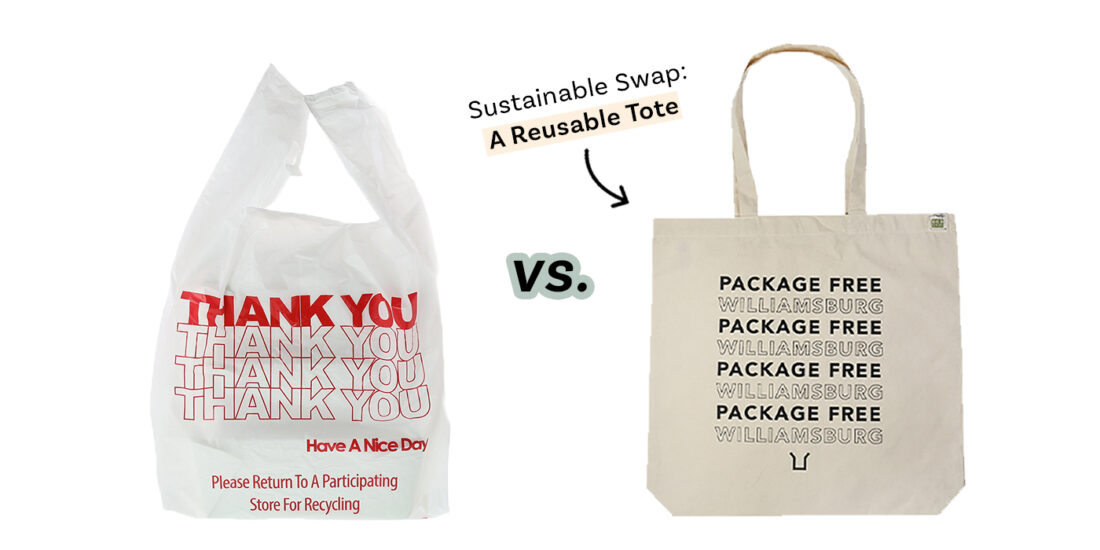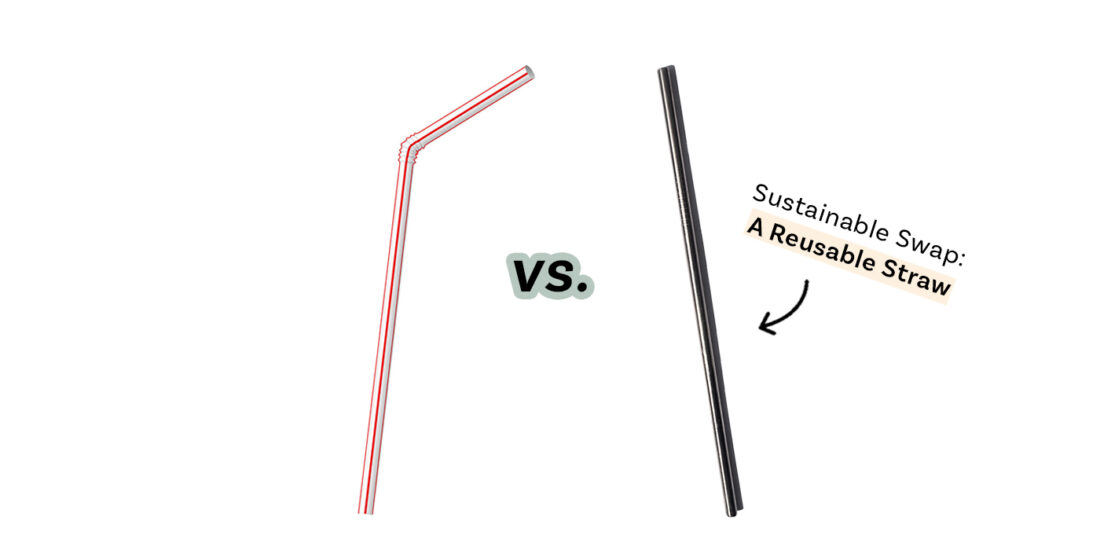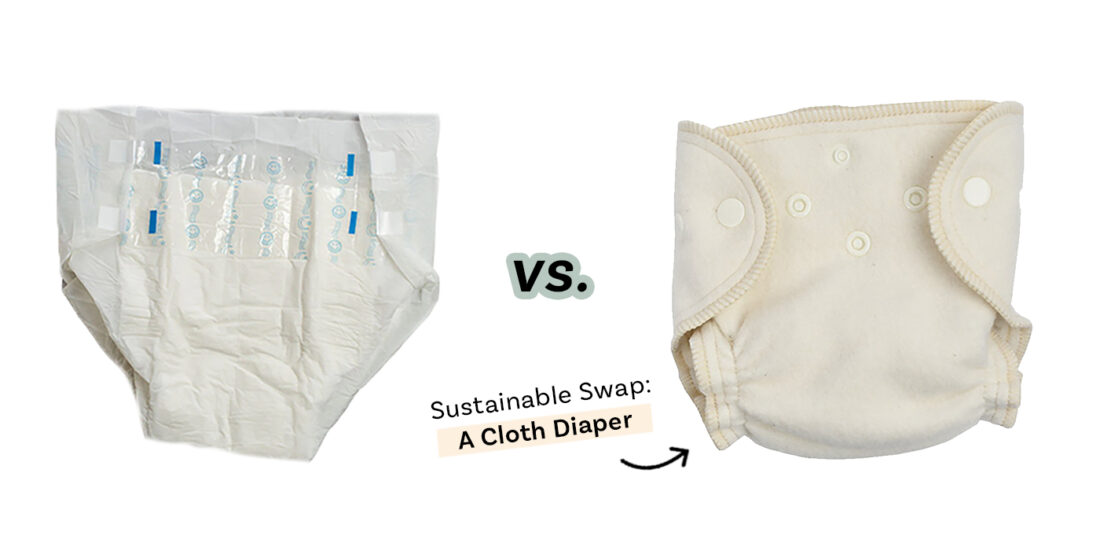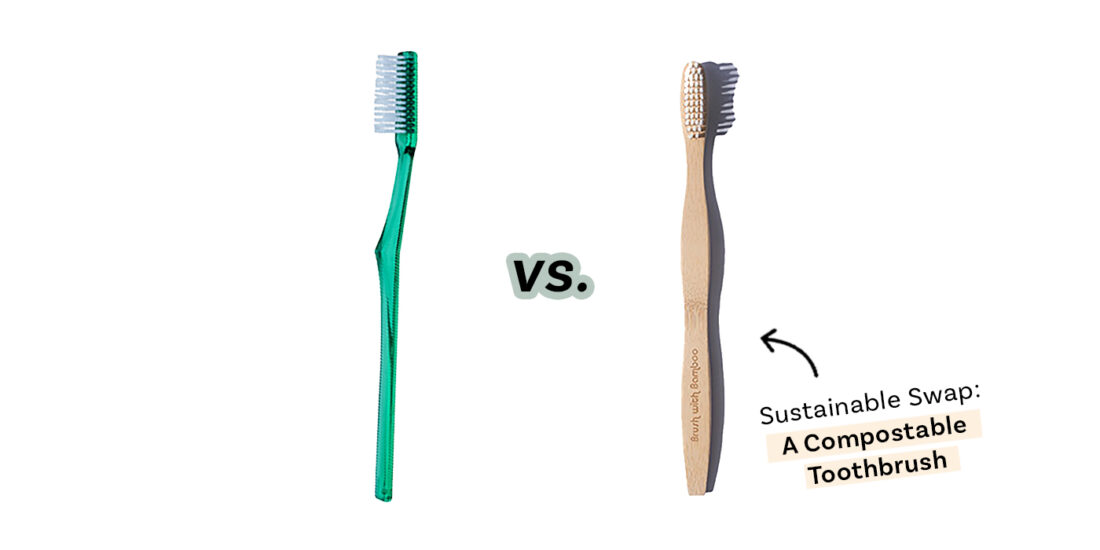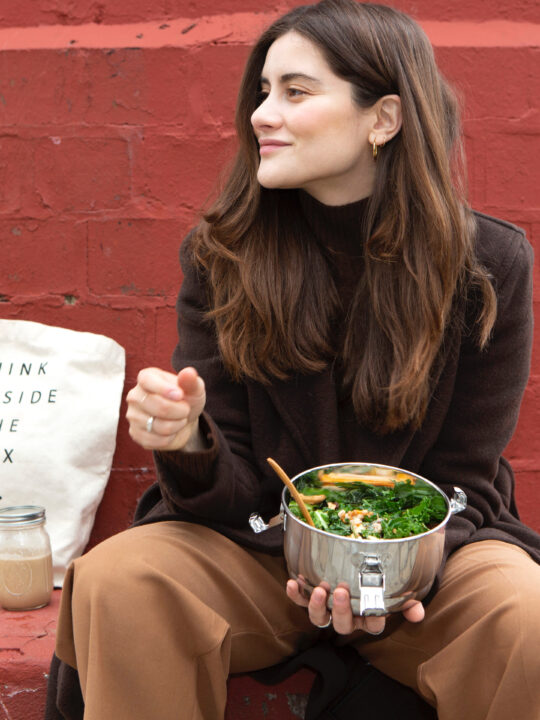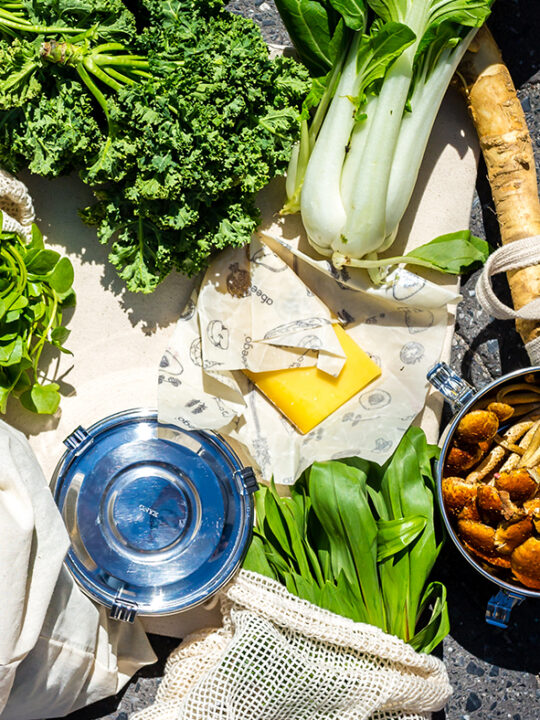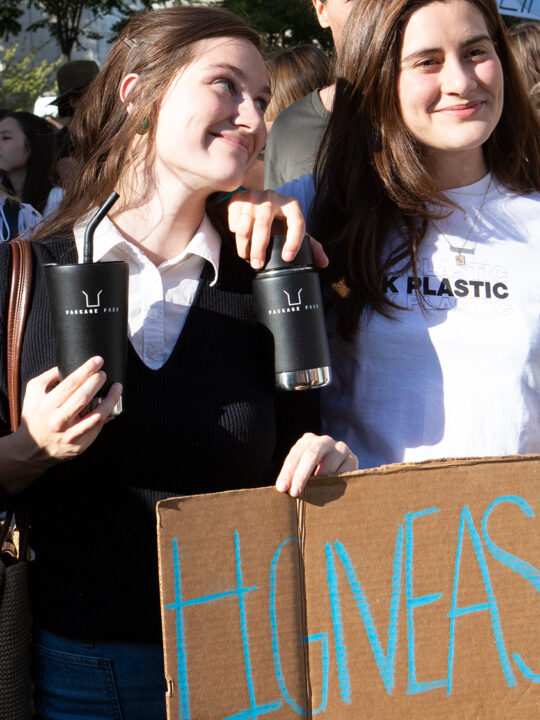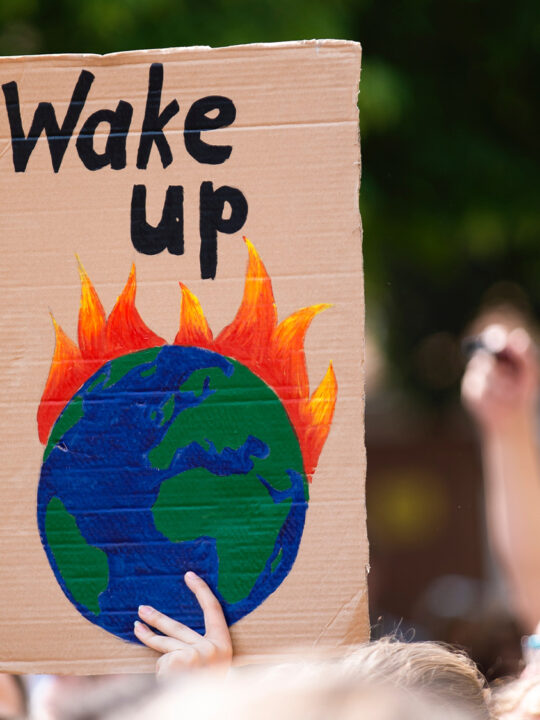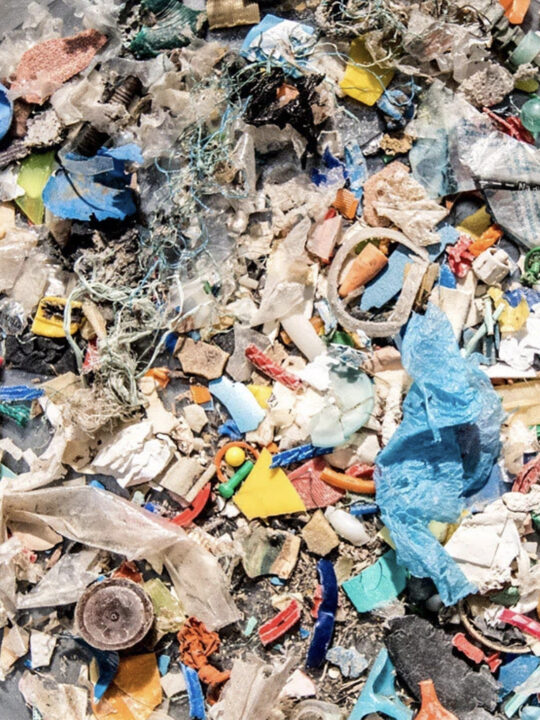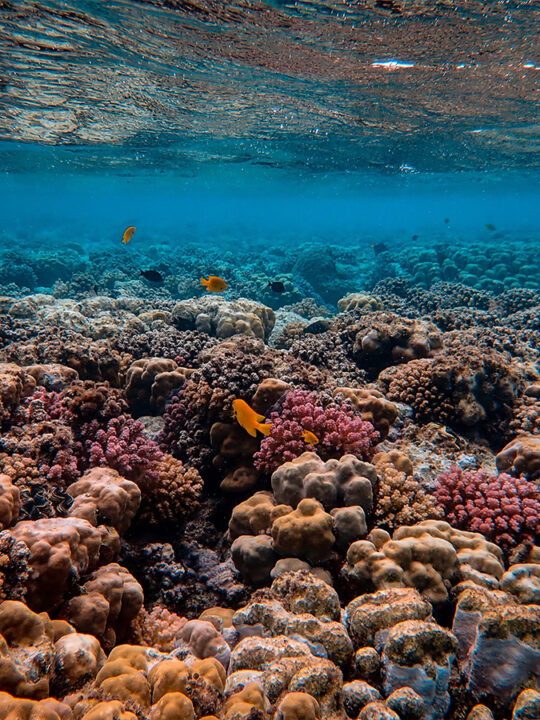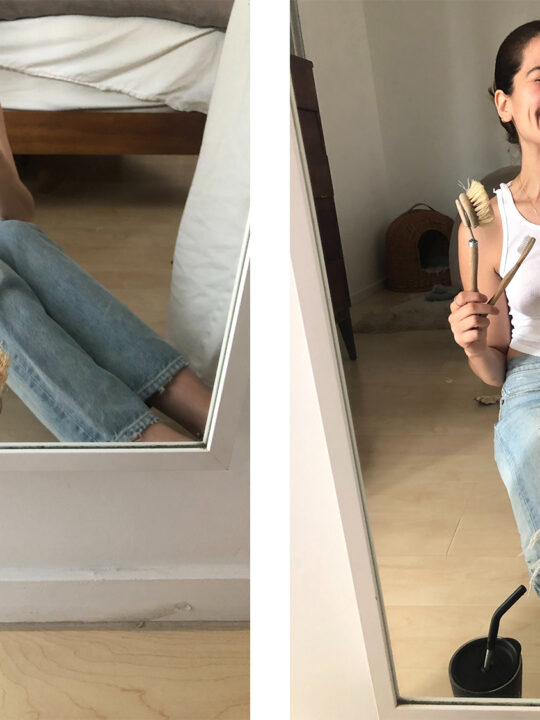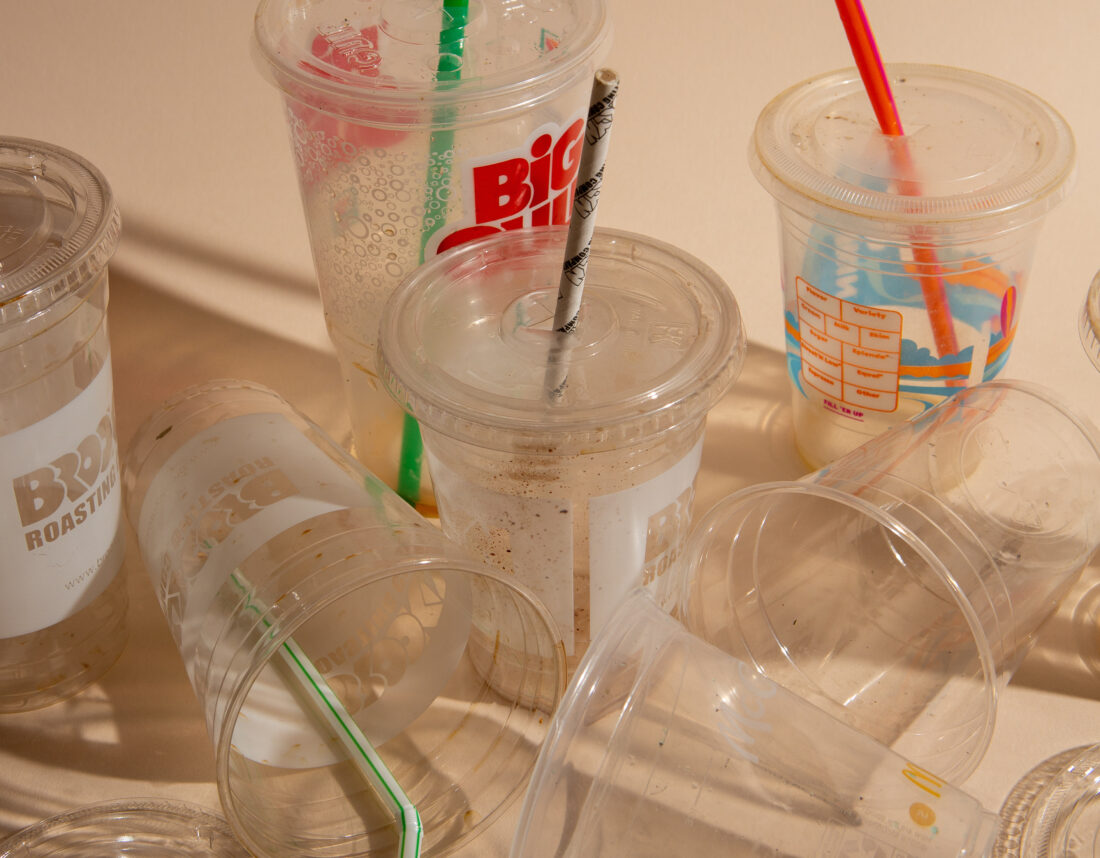
One night, I opened my fridge and saw something that I had somehow never seen, or really, noticed before. I realized that every single thing inside was in one way or another packaged in plastic. That same night when I was brushing my teeth, I looked around my bathroom and inside my medicine cabinet and saw the same thing. Everything was packaged in or made of plastic! At that moment, I realized that even though I cared deeply about environmental sustainability, I wasn’t living in a way that aligned with my values for sustainability. So I made the decision to stop using plastic.
I have been living a Zero Waste, plastic free lifestyle for the past eight years. I started small, consumed less, reused more, and have taken small changes over time to get to where I am today.
But let’s take a step back. Why is plastic so bad?
To answer, let’s rewind the clock.
A brief history of plastic…
Plastic is a polymer, which means “of many parts” — aka it is made from a long chain of molecules. You can make polymers out of natural molecules, like cellulose from plants, or from materials, like carbon atoms from petroleum and other fossil fuels.
The benefit of synthetic polymers is that the molecular structure is often longer than anything that can be found in nature, and it is this length that gives polymers strength, lightness, and flexibility.
The first synthetic polymer was invented in the 1860s, and the discovery was revolutionary. For the first time, manufacturing was not constrained by the limits of nature. Plastic was easily malleable, extremely durable, and was seen as a great equalizer because it was more cost-effective than natural materials (if you couldn’t buy an ivory comb, you could probably afford a plastic one).
During World War II, as the need for cheaper materials and supplies grew, so did the plastics industry. Nylon was invented as a substitute for silk for parachutes, ropes, and more. Plexiglas provided an alternative to glass for aircraft windows. And plastic production in the United States grew by 300%.
After the war had stopped, unfortunately, plastic production did not. People were finding new uses for plastic every day. It started to replace steel in cars, wood in furniture, paper, and glass in product packaging, the list goes on…
Today, we have produced over 8.5 billion tons of plastic globally—which is more than one ton per person alive in the world.
So what’s the problem with all this plastic?
The characteristics that made plastic initially so attractive, is the same reason why is it wreaking havoc on our environment — its durability. Plastic does not fully decompose or disintegrate. Every single piece of plastic ever created still exists on Earth and will continue to exist for at least 500 years.
Despite that, we have been consuming more plastic than ever before. We’re producing over 300 million tons of plastic every year, and half of that is for single-use purposes (think: plastic grocery bags, takeout utensils, to-go coffee cups, etc).
The problem is that this plastic is spilling into our seas and devastating our marine environment. And the harm doesn’t stop there. The impact of extracting the fossil fuels used to make plastic is also causing irreversible damage to our planet, and the chemicals in plastic (think: PCBs and DDTs) have been linked to endocrine disruption and certain cancers.
In addition, the perceived value of plastic, which is very low, makes it disposable. That means that if you get a plastic fork for a meal and you finish the meal, you most likely throw out the fork even though it is still probably perfectly usable as a fork. Imagine someone eating a meal with a metal fork and then throwing it out after, you’d probably be shocked or even pull it out of the trash! Plastic, because of its incredibly low perceived value, is tossed after it’s first use, even though it could technically be multi use because it still maintains its function. This low perceived value is not good because the thoughtless tossing of plastic means most of it ends up in our oceans and negatively impacts the planet.
Solutions
The fastest solution to the plastic problem is by avoiding it in the first place. Take a moment to reflect on the materials around you (maybe you’ll have an aha! moment like I did 8 years ago) and ask yourself if any of the items could be replaced with more sustainable alternatives? The answer is probably yes.
If you don’t know where to start, here are a few simple swaps that have a large scale impact for some of the biggest culprits —
Worldwide, 500 BILLION plastic bottles are used every year.
Worldwide, 1 TRILLION plastic bags are used every year.
In the US and UK alone, 550 MILLION plastic straws are thrown away in a SINGLE day.
In the US, 27.4 BILLION disposable diapers are thrown away every year.
In the US, 1 BILLION plastic toothbrushes are discarded every year.
Psst. Want to try making your own toothpaste to ditch the plastic tube? Here is my DIY recipe.
In the US, 2 BILLION disposable razors are thrown away every year.
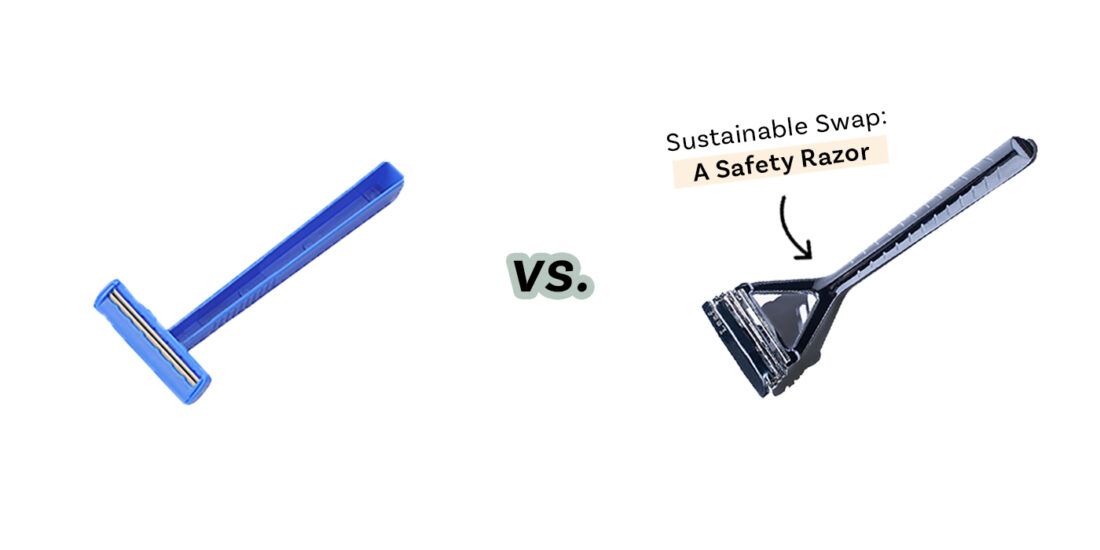 What are your favorite ways to reduce your use of plastic? Let me know in the comments!
What are your favorite ways to reduce your use of plastic? Let me know in the comments!
